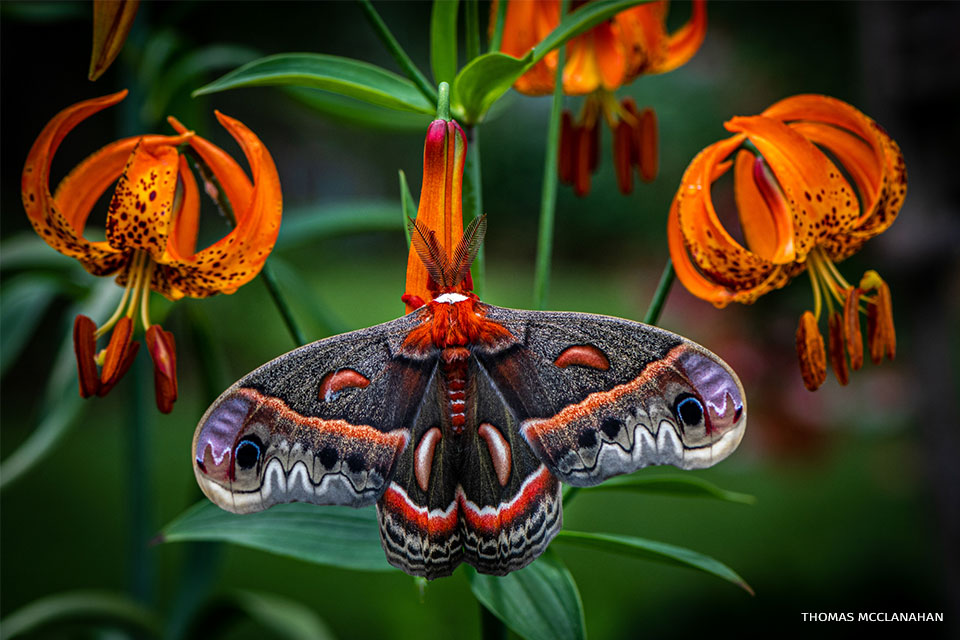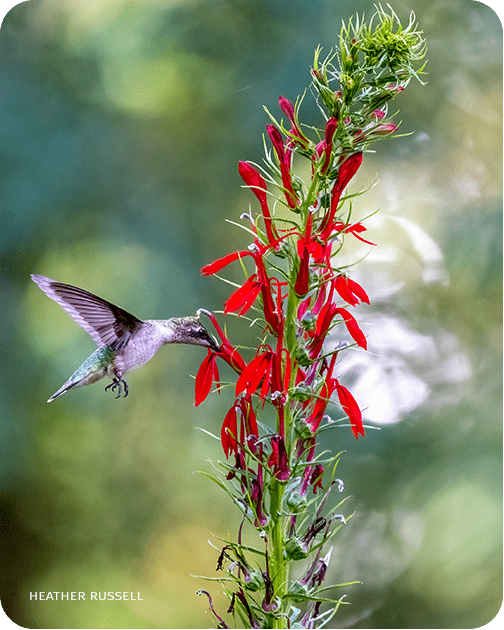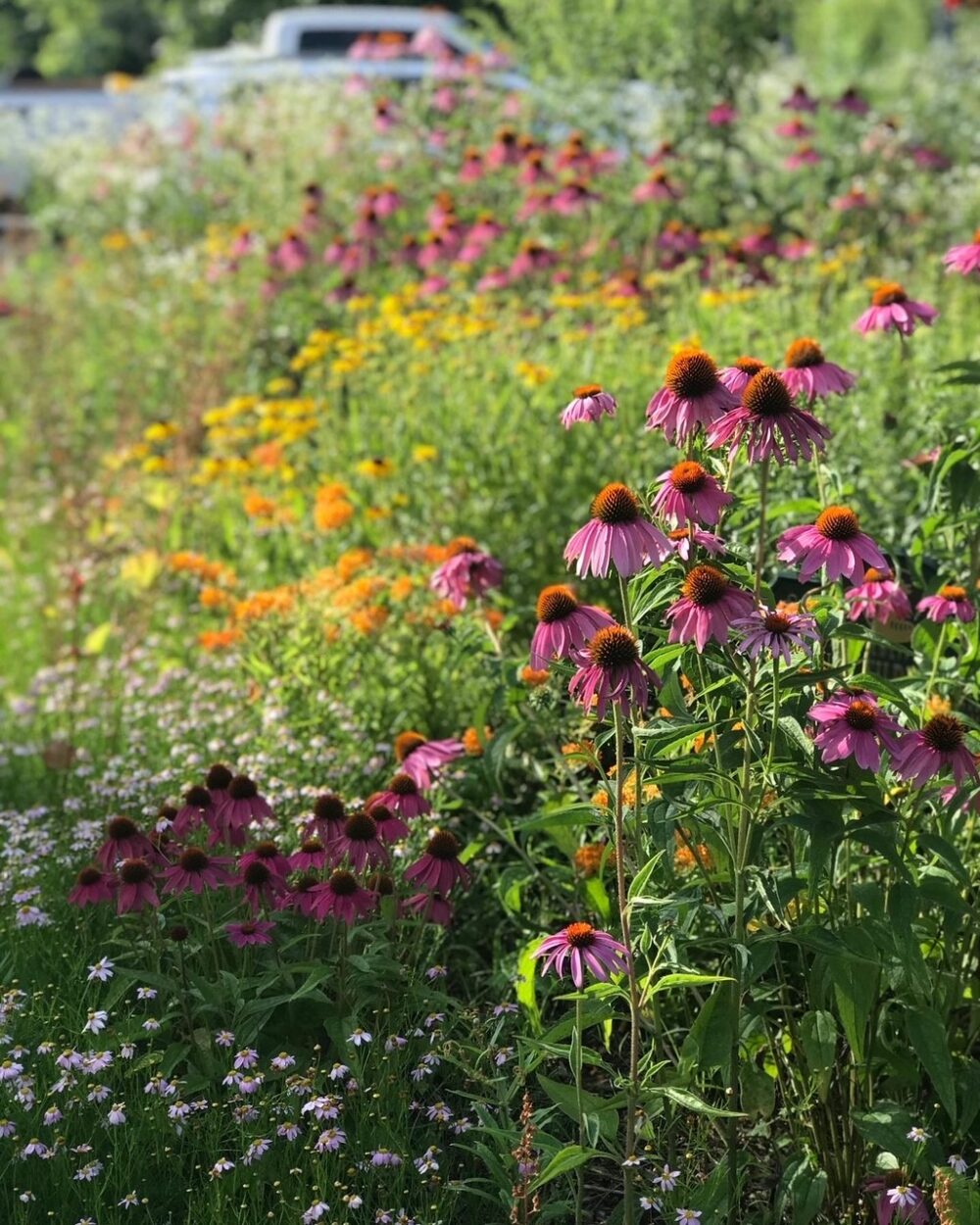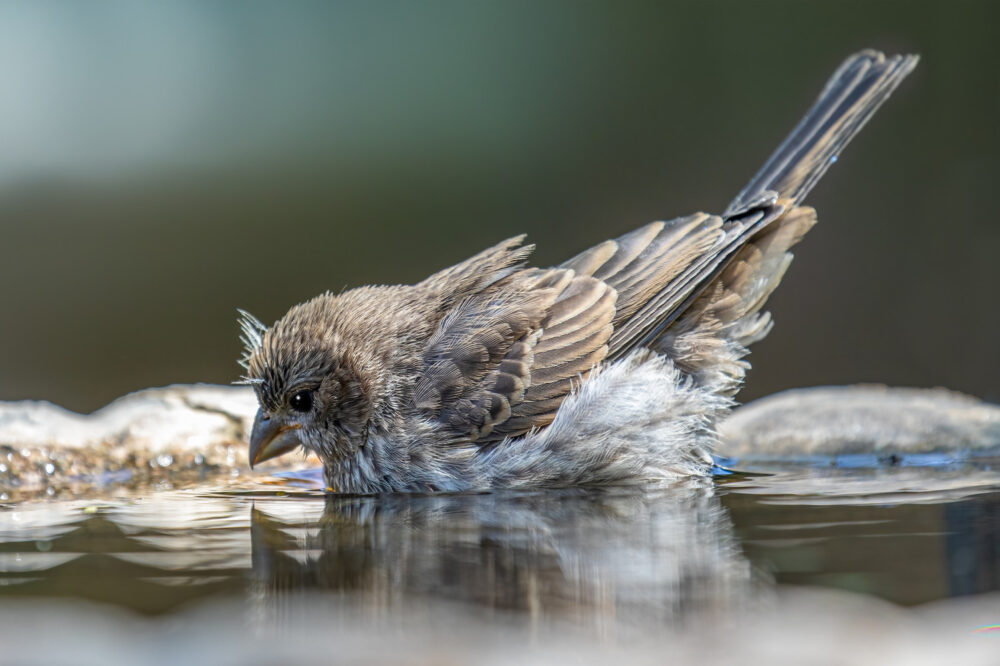We have much more to do and your continued support is needed now more than ever.
Wildlife Gardeners’ Share Habitat on GrowIt! The Plant Community
Garden for Wildlife and GrowIT! Partner to Reach more Gardeners
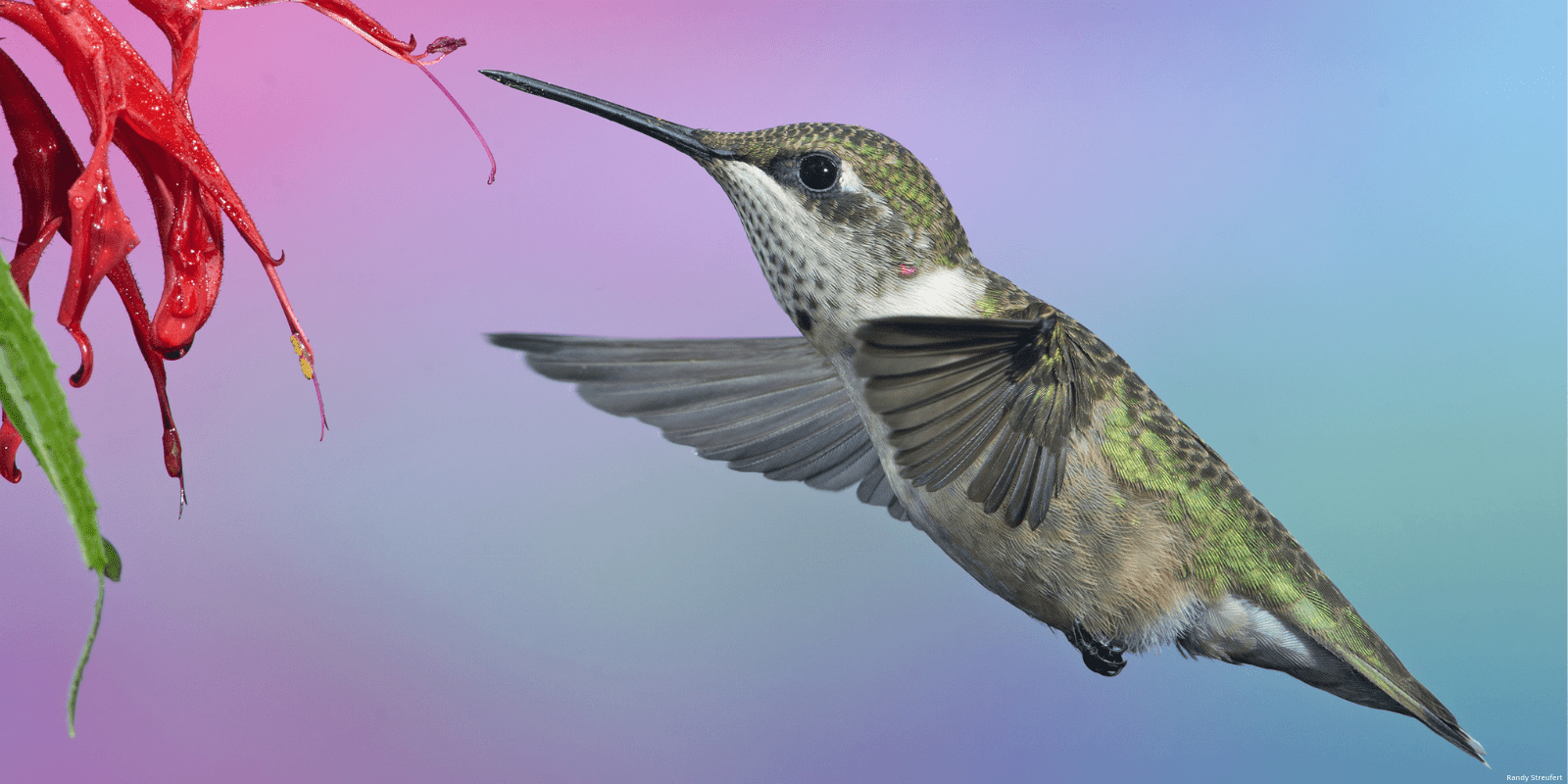
Increasingly wildlife gardeners are sharing pictures of their garden habitats on social media to celebrate their efforts to help birds, butterflies and other local wildlife, and to learn from each other and gain inspiration. Now, there’s a mobile app designed to do just that. It’s called GrowIt!

GrowIt! and the National Wildlife Federation are working to help show the GrowIt! community, and all of North America, how they can have a beautiful garden that is also a healthy habitat for wildlife. We hope that you’ll join us in creating a GrowIt! profile to share pictures of the plants and other features you’ve added to your garden to help wildlife, and pictures of the critters themselves, using the hashtag #Garden4Wildlife.
It’s a fun way to connect with a community of wildlife gardeners and to inspire others to be stewards of their local environment.
Getting Started is Simple
Download the GrowIt! app on your phone, create a profile, and begin sharing pictures and/or create a project that features key pictures of your wildlife habitat garden. Be sure to use #Garden4Wildlife to help build the community and connect with others. Our goal is to spread knowledge about wildlife gardening throughout the community.
The app is a convenient way to share examples and tips with other wildlife gardeners in your local area. It also allows for you to document plants and animals in specific project categories that you can track and share with others. Plant suppliers and garden centers are increasingly participating on the app so you can find resources near you as well. The screenshots below show how gardeners can share examples and tips of what works for them near where they live.

What to Share
Both plants and animals play an extremely important role in our local communities. Our mutual goal in this effort is to inspire more people to think about wildlife when they are out in the garden. After you create your GrowIt! profile, share pictures of the following habitat features in your garden:
Food–Native plants are the best way to provide food for backyard birds. Native plants offer seeds, berries, nuts and insects that are wild birds’ natural foods.
Water–Providing water for bird and other wildlife in your yard is a simple as putting out a birdbath. A pond or water garden is great too. Some plants, like the pitcher plant or cup plant and cacti provide their own sources of water for wildlife too.
Cover–Birds and butterflies need cover from the elements and places to hide from predators. Share photos of densely planted trees, shrubs and wildflowers, roosting boxes, brush piles or other features in your garden that offer cover.

Places to Raise Young–What you plant can help the next generation of wildlife. Birds lay eggs in trees and shrubs and butterfly caterpillars can only feed on specific host plants. Share pictures plants that offer birds and butterflies places to raise their young.
Certified Wildlife Habitat Signs–New and longtime participants in our Garden for Wildlife program are already creating profiles on GrowIt! If you’ve achieved Certified Wildlife Habitat status for your wildlife garden be sure to post pictures of your certificate and yard sign to share the accomplishment.
Wildlife–At the end of the day, creating a wildlife habitat garden is all about attracting and helping birds, butterflies, bees and other backyard wildlife. Seeing them show up in after you’ve created habitat for them is exciting. Take photos of the wildlife in your garden and share them on GrowIt! to inspire others.
Join the GrowIt! community now. We can’t wait to see all of your #Garden4Wildlife posts! Be sure to follow @nationalwildlifefederation on GrowIt!
















